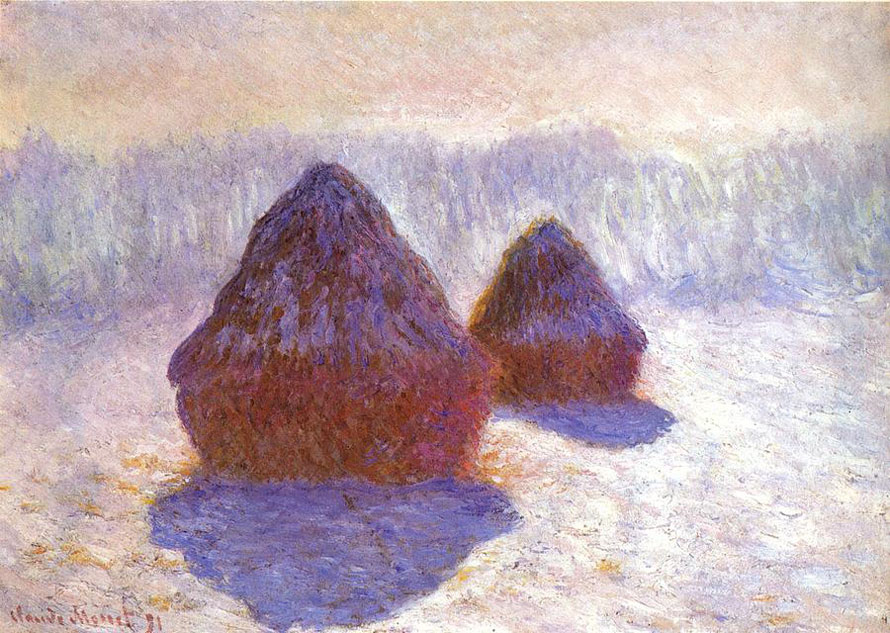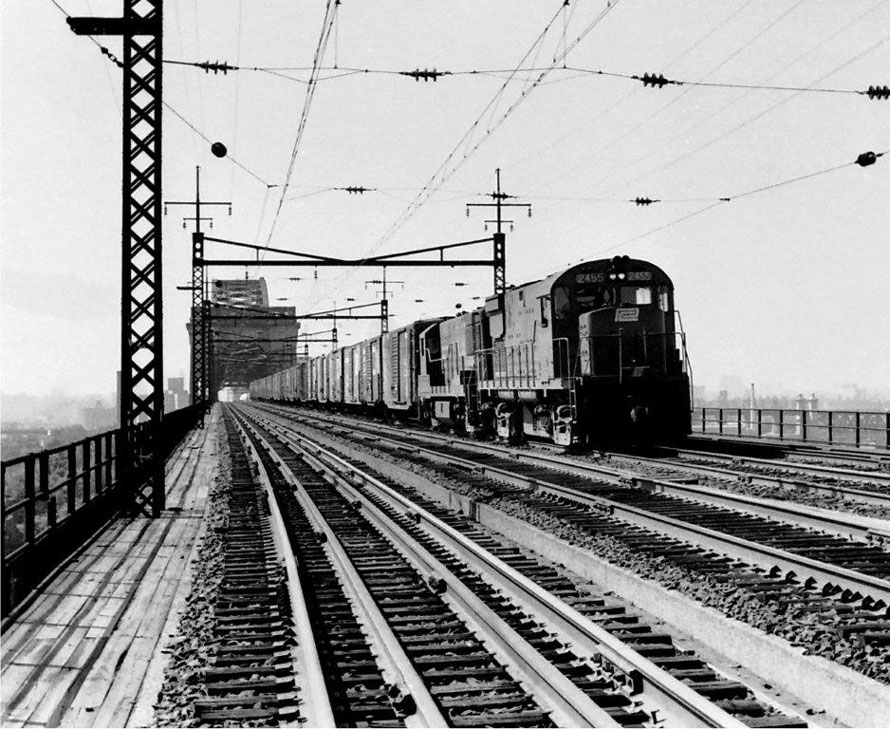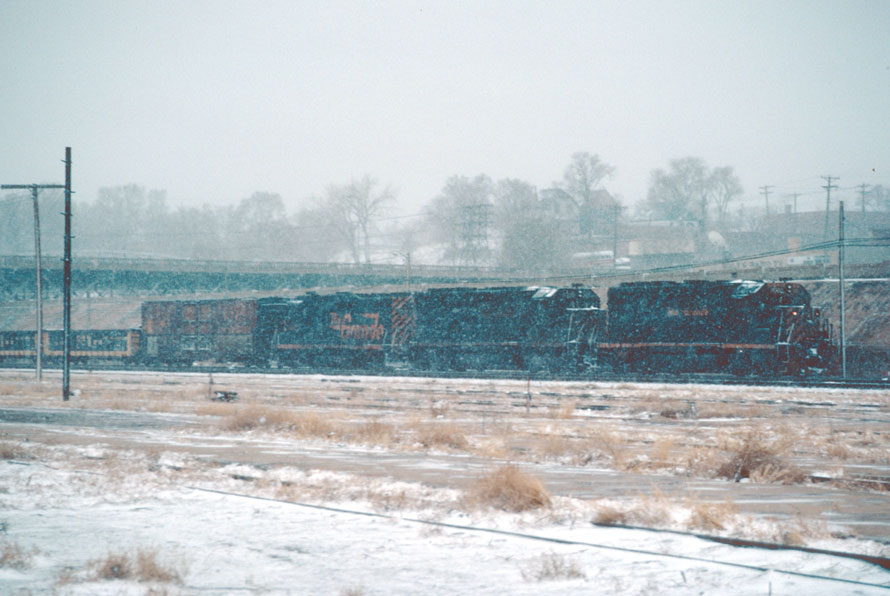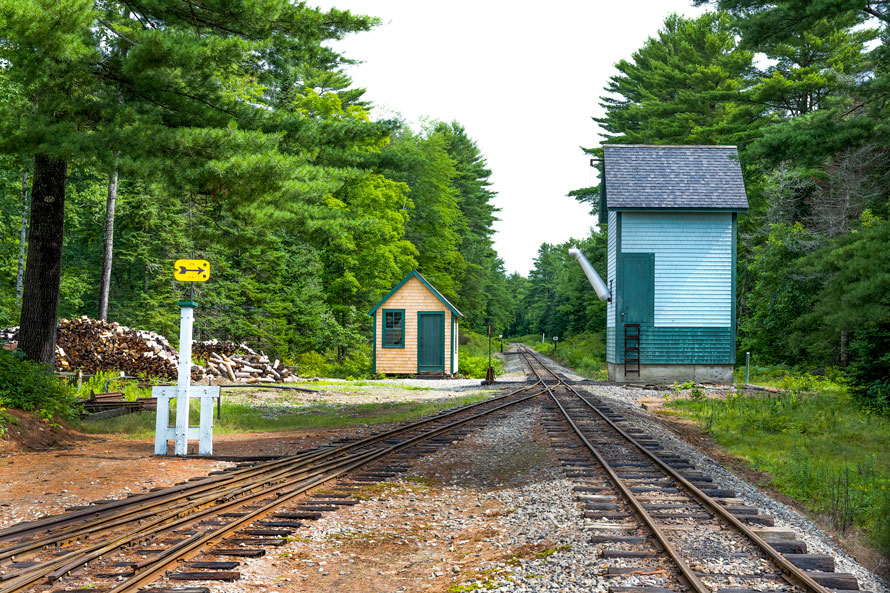In the effort to preserve railroad history, our efforts are most often focused on the physical aspects of the railroad and its infrastructure. But another, and sometimes neglected, element of history lives in the memories of those railroaders who lived that history as part of their day-to-day job.
In this episode of Legacies: Living History, we talk with three retired train dispatchers for an insider’s look at the job of the dispatcher, the ups and downs of day to day railroad operations, and some memorable stories that took place over the span of nearly 50 years.
Edd Fuller, Editor



